24 Feb On This Day in UB History: February 24
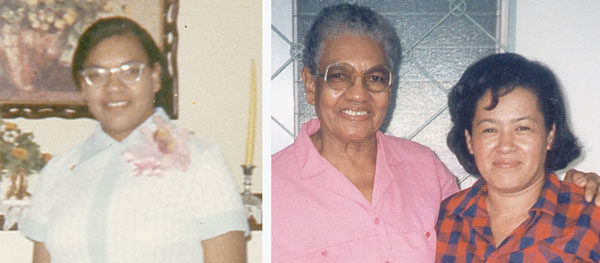
Helen in younger years, and with daughter Maira (far right).
Throughout 2017, as we celebrate the United Brethren denomination’s 250th anniversary, we are looking at events throughout our history
Helen Villanueva was born February 24, 1918, in Belize. This highly-talented and capable woman made significant contributions to the United Brethren work in Honduras.
Helen was the sixth and last child of James Elliott, a minister with the Wesleyan Methodist Church. In 1927, when she was nine years old, the family moved to Honduras to oversee six churches. In the 1940s, those churches became United Brethren–the start of our work in Honduras.
Helen returned to Belize in 1943 and spent the next 14 years working as a nurse. George Fleming, the United Brethren missions director, invited Helen to serve at Mattru Hospital in Sierra Leone, but she was already committed in Belize.
In 1957, Helen felt called to return to Honduras to work alongside her father. Two years later, she became pastor of the church in Puerto Cortes, and faithfully served there for the next 13 years. Along the way, she took in five Honduran children, adding to her own four children.
One of them, Maira Raudales, went on to attend the UB Bible Institute, ran the conference bookstore, and became principal of the Bethel School. Her husband, Francisco, served 1997-2009 as superintendent of Honduras Conference.
“She was an excellent pastor,” Maira said of her mother. “She has all the little details that make a very good pastor. In those days, it was more difficult for a woman to be a pastor, but she had everybody’s acceptance.”
Helen also raised Benulda (Moreno) Saenz, who became a United Brethren pastor and married a United Brethren pastor. Together, Helen and Benulda started another church in Puerto Cortes and planted the first UB church in San Pedro Sula, the country’s second-largest city. Benulda pastored both churches, and went on to plant more churches and become a conference superintendent.
In 1973, Helen went to work for the Honduras Bible Society, traveling and speaking throughout Central America, South America, and the Caribbean. Then in 1981 she returned to her homeland to found and lead the Bible Society of Belize, from which she retired in 1986. This remarkable woman, Helen Villanueva, passed away in 2009.

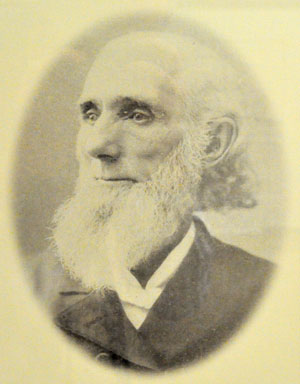 Jonathan Weaver, who served 24 years as bishop, was born February 23, 1824. He was the youngest of 12 children (6 boys, 6 girls). He grew up on a farm in Ohio, which was still frontier territory back then. He received little schooling, and never attended church on Sunday until he was 14 years old. The only preaching he heard came from Methodist or United Brethren preachers passing through the area.
Jonathan Weaver, who served 24 years as bishop, was born February 23, 1824. He was the youngest of 12 children (6 boys, 6 girls). He grew up on a farm in Ohio, which was still frontier territory back then. He received little schooling, and never attended church on Sunday until he was 14 years old. The only preaching he heard came from Methodist or United Brethren preachers passing through the area.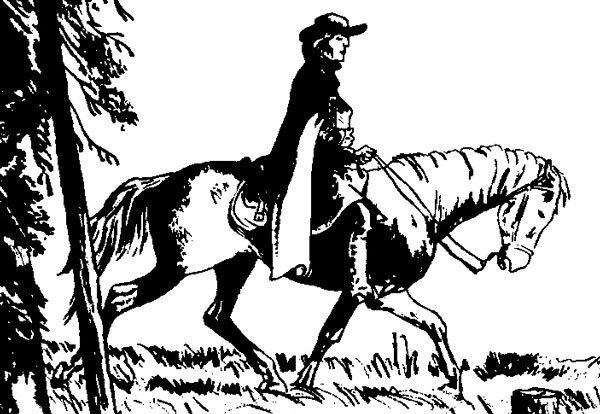
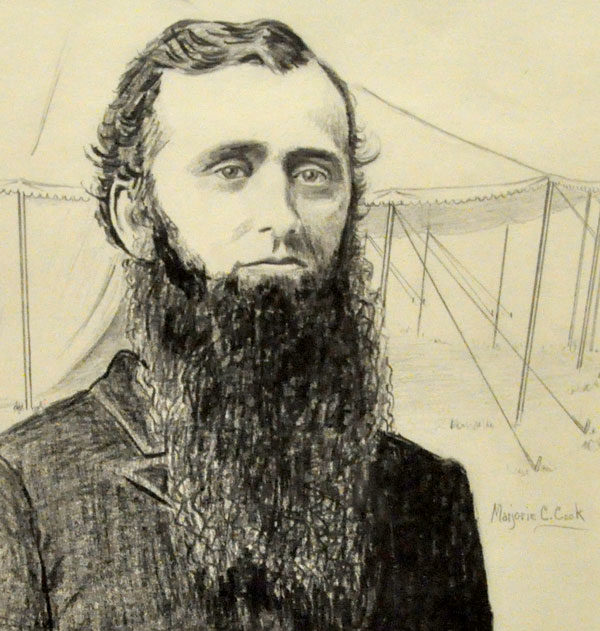
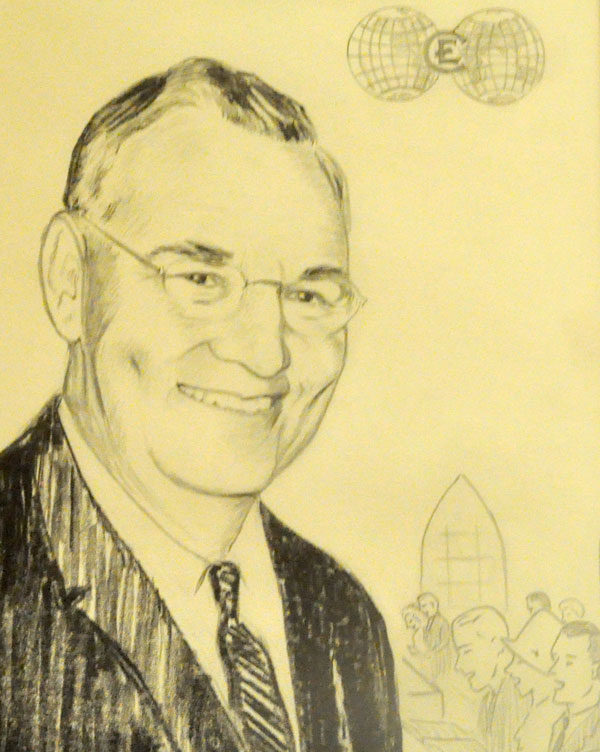
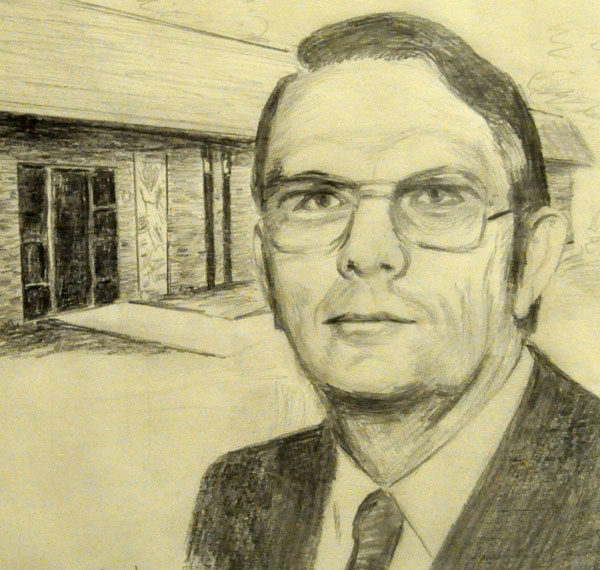
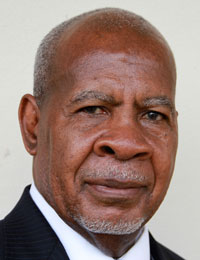 The 1975 Jamaica Annual Conference, which began on February 13, represented a significant transition. First of all, it was the first conference held at the new Malvern camp. But the main change involved leadership.
The 1975 Jamaica Annual Conference, which began on February 13, represented a significant transition. First of all, it was the first conference held at the new Malvern camp. But the main change involved leadership.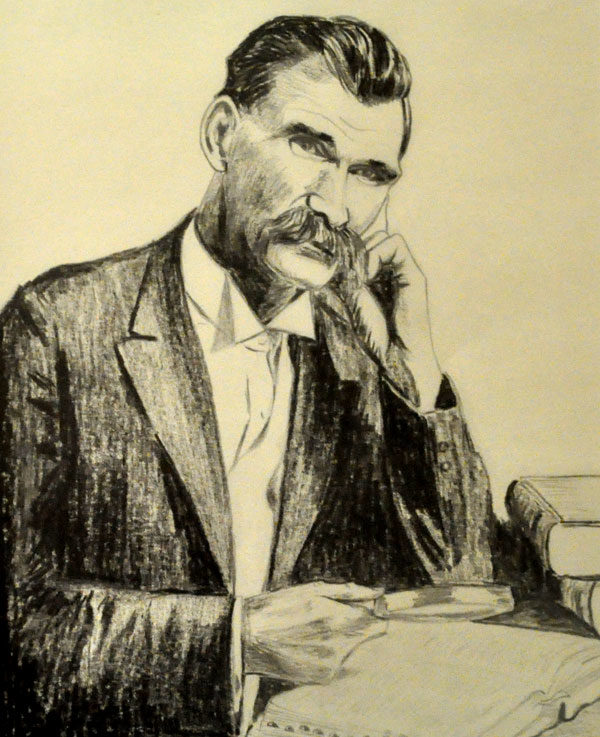
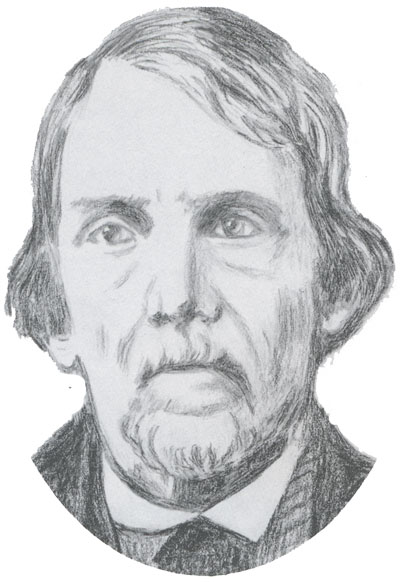 George Geeting was the third most important minister in the earliest days of the United Brethren church, right behind founders William Otterbein and Martin Boehm. Though he never became a bishop, he was highly respected and influential. He was also regarded as Otterbein’s closet personal friend and the person in whom he most freely confided.
George Geeting was the third most important minister in the earliest days of the United Brethren church, right behind founders William Otterbein and Martin Boehm. Though he never became a bishop, he was highly respected and influential. He was also regarded as Otterbein’s closet personal friend and the person in whom he most freely confided.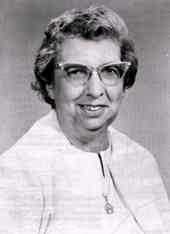 On February 5, 2001, a funeral service was held for Bernadine Hoffman at Crossroads UB church in Charlotte, Mich., where she settled in 1983 after retiring from missionary service. Bernadine had suffered a major stroke and, a few days later, passed away.
On February 5, 2001, a funeral service was held for Bernadine Hoffman at Crossroads UB church in Charlotte, Mich., where she settled in 1983 after retiring from missionary service. Bernadine had suffered a major stroke and, a few days later, passed away.